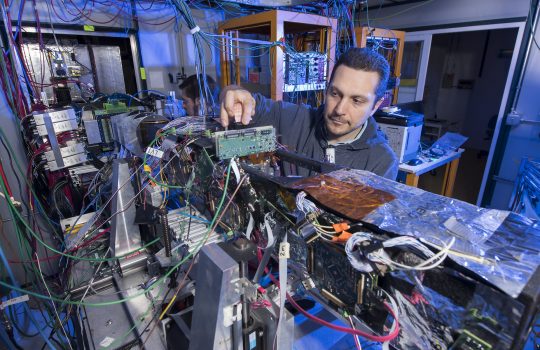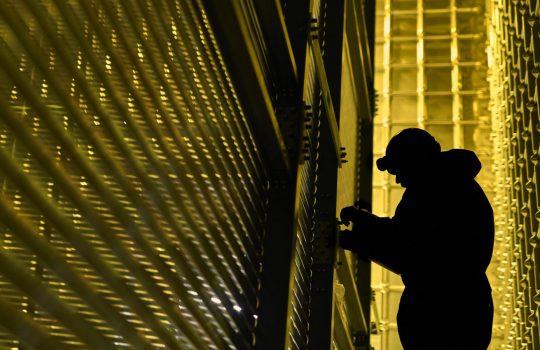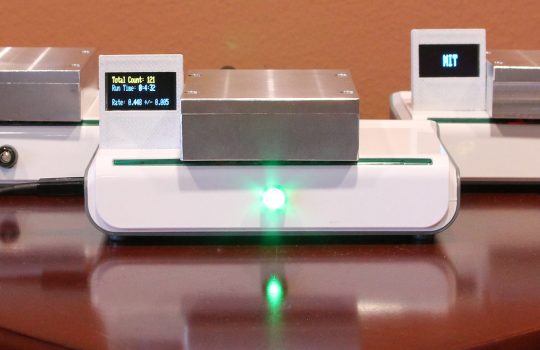Fermilab scientist Javier Tiffenberg wins New Horizons in Physics Prize
Tiffenberg shares the $100,000 prize for advances in dark matter detection technology. He and collaborators on the SENSEI experiment drove the development of innovative sensors called skipper CCDs, which are sensitive enough to be able to pick up signals from dark matter particles of low mass.




